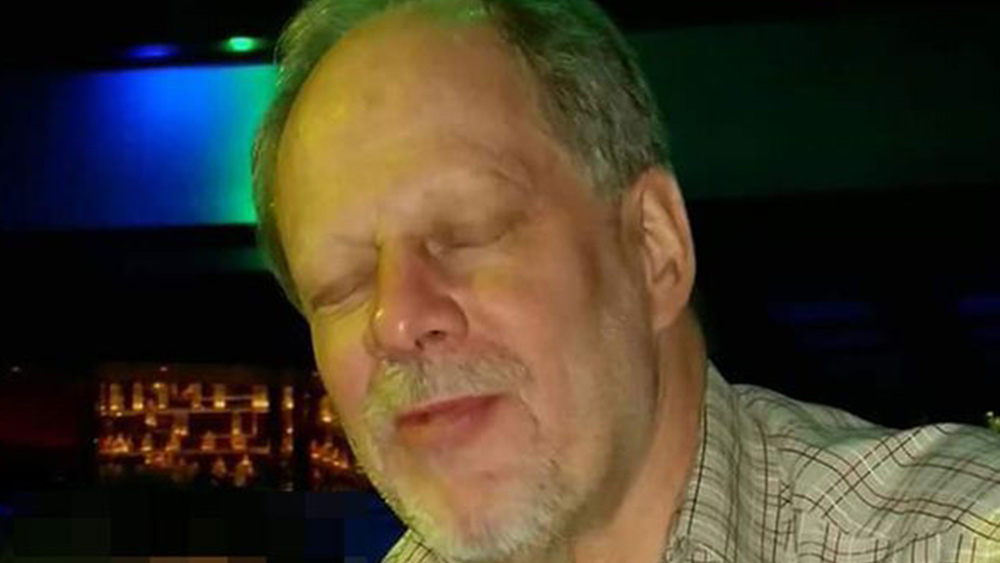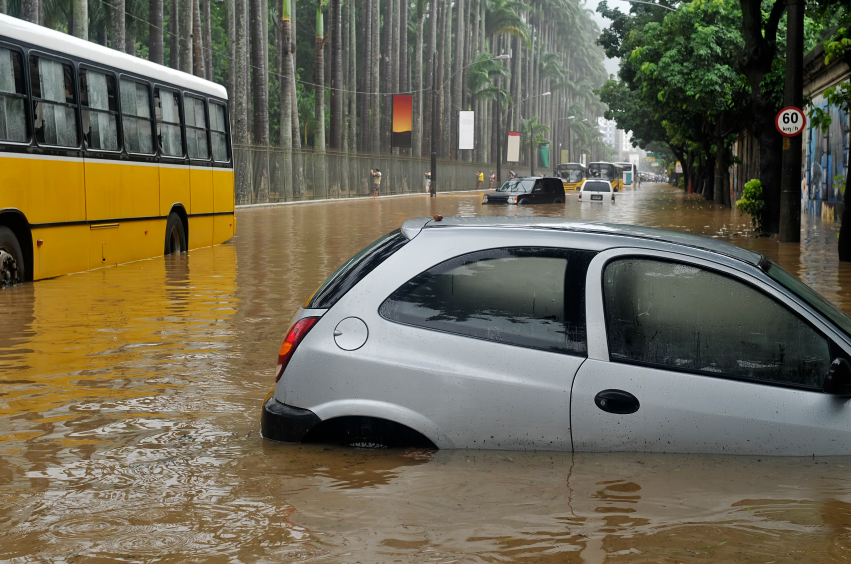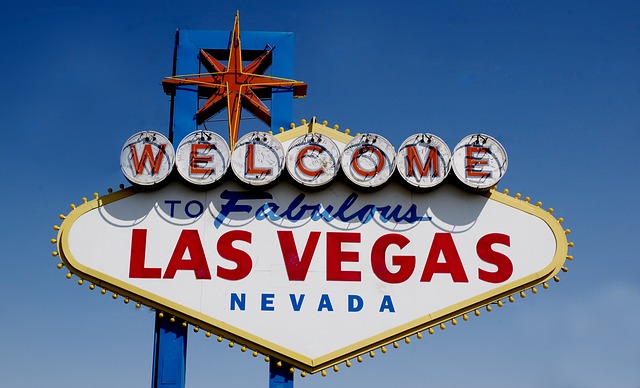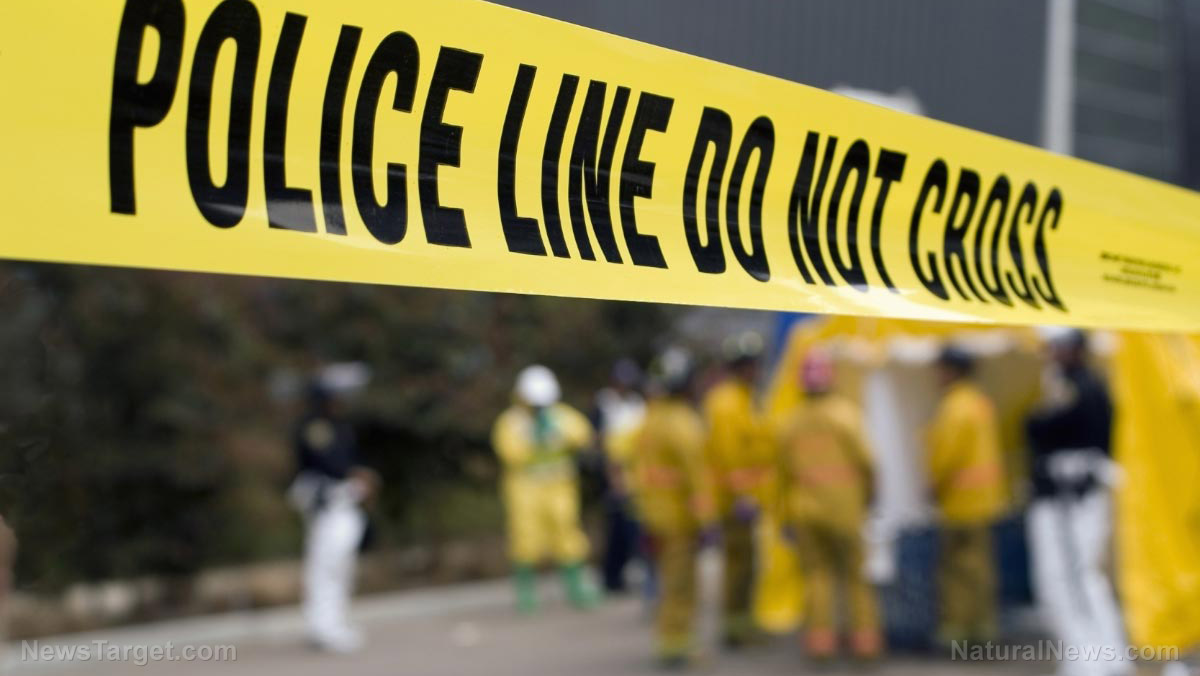
The technique he used is one that he often uses when conducting other research and testing at CWC Labs, where he is the science director — Mass Spec analysis to “pull signals out of noise,” which is something he does on a daily basis.
In launching his explanation of what happened that night, Adams discussed a few basics of physics as they pertain to the velocity of bullets fired from the kind of weapons found in Paddock’s Mandalay Bay Casino hotel room — primarily .223 rounds common to AR-15-style rifles, several variants of which can be seen in crime scene photos published online.
Also, Adams discussed the physics of sound — the speed of sound, in 20 percent humidity, which is about the humidity level present in Vegas on the night of the shooting. In sum distance, muzzle velocity, temperature and humidity all have an effect on how bullets behave once they leave the barrel of a rifle with an average effective range of between 600-900 yards, depending on the round (.223 versus 5.56 mm NATO); the round makes a difference because .223 rounds, on average, are 55 grain-bullets (grain refers to the weight) or 62 grain. Higher grain bullets travel slower but have more “knock-down” or “stopping” power; lower grain bullets travel faster but don’t have as much stopping power. All of these factors and more went into Adams’ analysis. (Related: Former CIA and intel officer says cops already KNOW Vegas shooter had ‘political’ motive.)
But much of his analysis focused on audio examinations of available evidence, largely in the form of videos posted online by eyewitnesses. In determining that bullets were striking victims and the ground around them before sounds were heard, Adams got his first clues that more than one shooter was involved.
“This is important to understand,” he said. “The bullets were traveling at 975 meters per second (or about 3,200 feet-per-second), but the speed of sound is only 345 meters per second (or about 1,131 feet-per-second).”
Bullet flight time — the time it takes to leave the end of the rifle barrel and arrive at its final destination — was also an important factor in Adams’ determination. The farther a bullet travels, the lower its velocity, which is another important consideration, he said.
For a .223 55-grain round, which is what Paddock reportedly used, to travel the stated distance from his rifles to the crowd — about 400 yards, well within an AR-15’s range — it took about a half-second each. Adams noted that the sound of rounds being fired takes three times as long to arrive after the bullet has arrived, or “more than 1 full second.”
“So there’s a gap — there’s a difference — between the time the bullet strikes the ground and the time the sound, the report, reaches that same location,” he said. “Bullets arrive first, and that helps in the forensic analysis to determine” the shooter’s range, he added.
Pointing out that under acoustic analysis, the sound of bullets striking the pavement at the concert venue was far more high-pitched than the report of the rifle fire, Adams was able to measure, if you will, the timeframe of each phenomena — pavement strikes and gunfire sounds — to determine “lag time,” or the time between the two. And it was in this manner he was eventually able to determine that two shooters were present on the scene in Vegas earlier this month.
Now, will the local police and FBI investigating the shootings eventually tell us what really happened that night?
Watch Adams’ fascinating presentation here and decide for yourself if he’s right:
https://youtu.be/JxmEFeKy8aI
J.D. Heyes is a senior writer for NaturalNews.com and NewsTarget.com, as well as editor of The National Sentinel.
Sources include:
Please contact us for more information.























